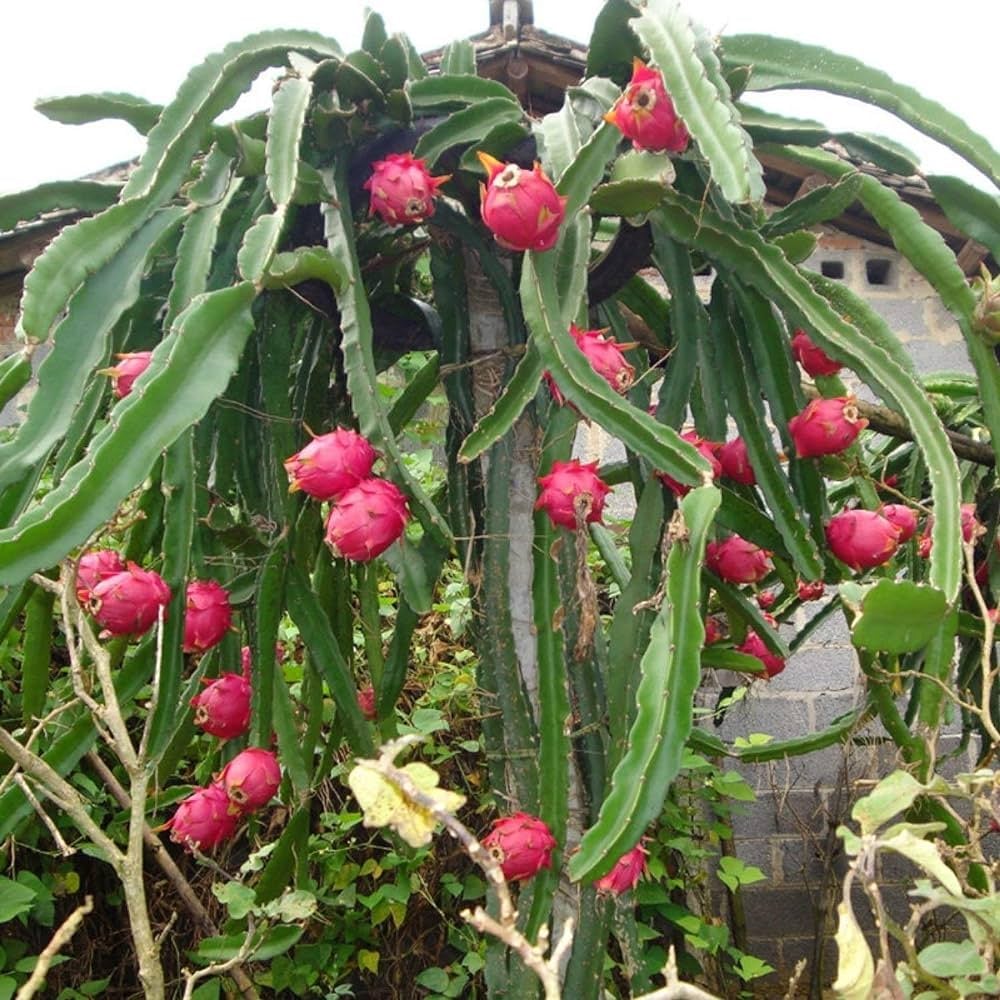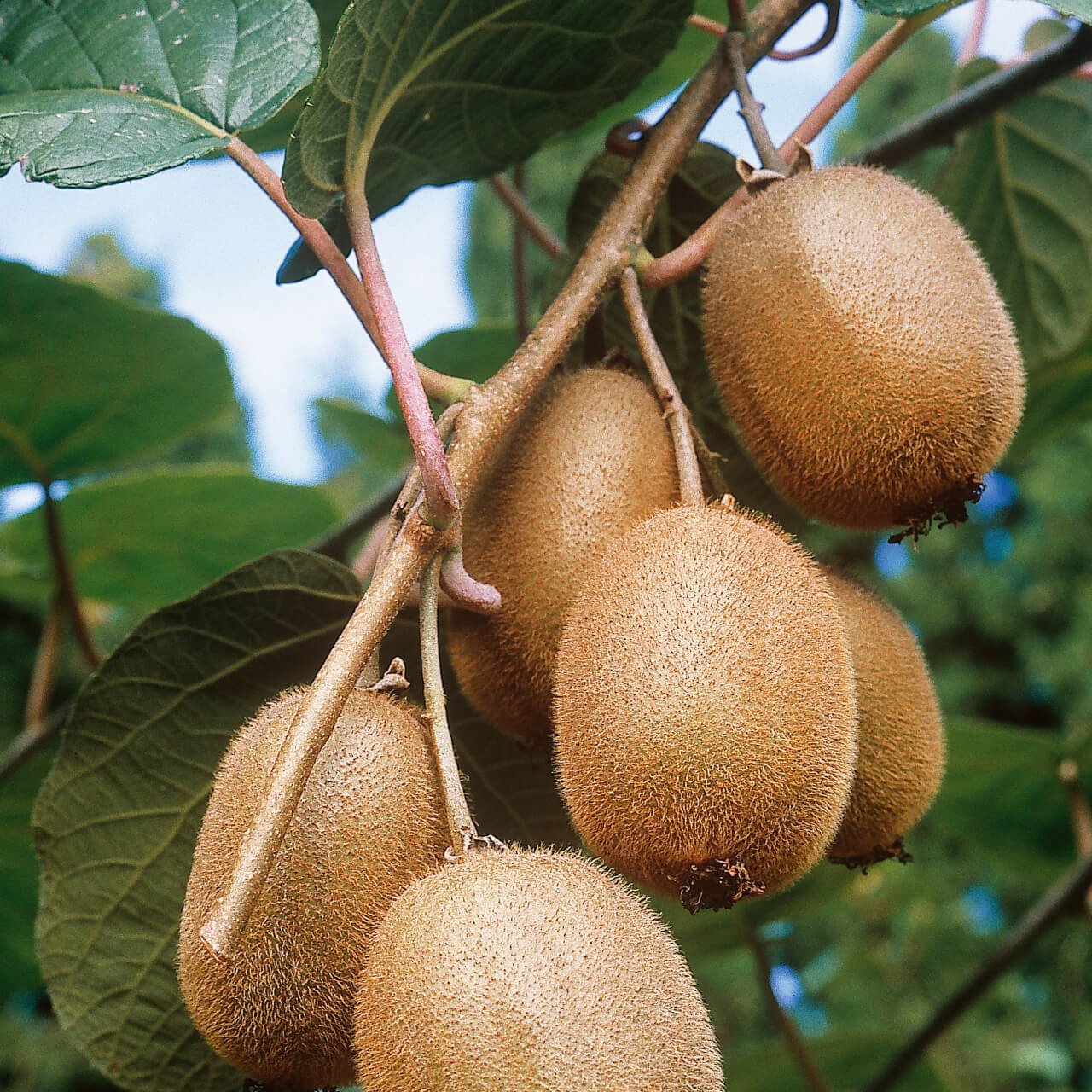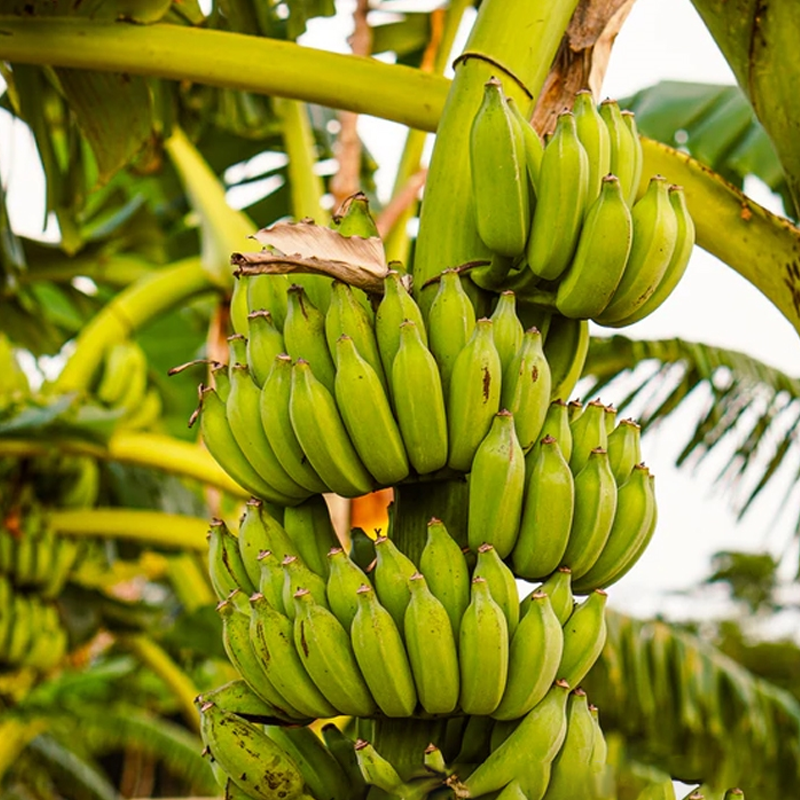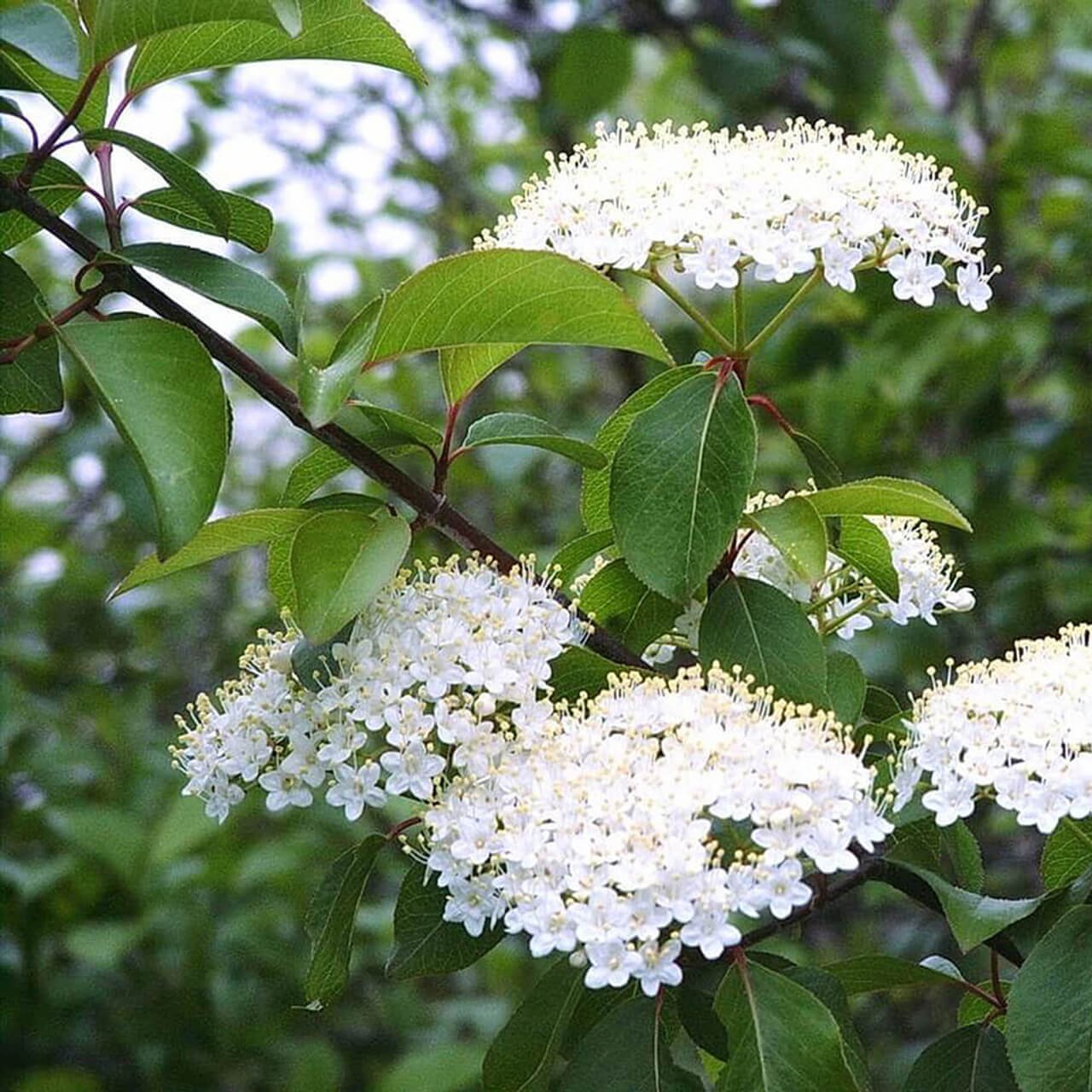

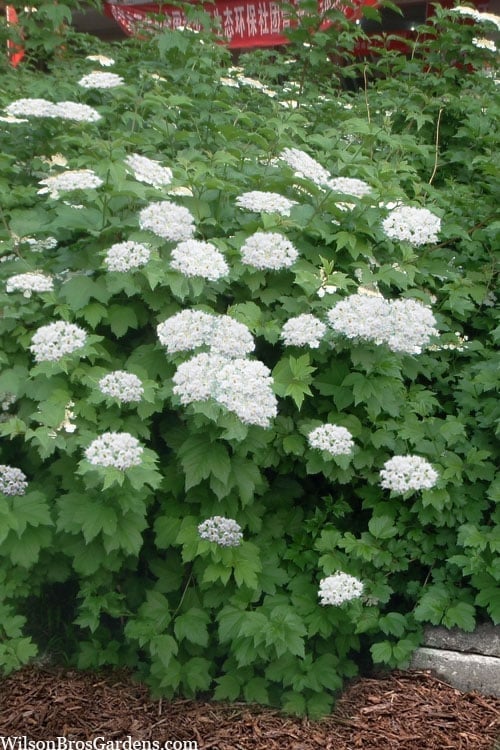
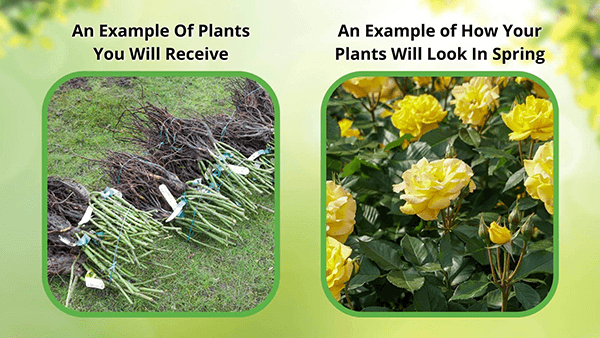

Mapleleaf Viburnum
Attractive spring blooms
Easy to maintain
Adaptable to various soils
Thrives in
ZONE 3ZONE 4ZONE 5ZONE 6ZONE 7ZONE 8ZONE 9This plant ships:
Ships NowMapleleaf Viburnum - Viburnum Acerifolium
Mapleleaf Viburnum is a deciduous shrub with distinctive three-lobed, maple-like leaves and clusters of small, white flowers followed by blue-black berries, making it an attractive choice for woodland gardens. It is a versatile and attractive shrub that offers a range of benefits when used in landscaping projects. With its unique characteristics and aesthetic appeal, this plant can enhance outdoor spaces and create a visually pleasing environment.
It is a deciduous shrubbiest known for its red berries that turn blueish-black during summer. However, it also features flowers and other types of beautiful foliage, particularly during the year's warmer times.
Mapleleaf Viburnum Is A Small Shrub
This plant can reach around 3-6 feet in height and generally has a 2-4 feet spread. Its fuzzy leaves are usually 2-4 inches long with around five lobes that have serrated edges. The reason for it being in its name is because those leaves are shaped like maples.
Seed production typically starts around when this plant reaches two years of age. A sealed seed coat then protects its seeds. In many cases, one of these shrubs can blossom into a colony of them.
Flowers and Berries Of Mapleleaf Viburnum
It creates white flowers in addition to its fruit. Blooming occurs between May and August, usually in June, while fruiting generally occurs between July and October. Meanwhile, those berries, popular with butterflies, birds, deer, rabbits, chipmunks, and people, can remain ripe into winter.
Supports Wildlife and The Eco-System
The colors this plant's leaves display during fall are stunning, and they can vary significantly as the weather and prevailing light conditions are significant factors. Possibilities include yellow, orange, pink, red, and purple. This coloring tends to occur in October and November; the timeline depends on local weather conditions and related factors. Buds created to prepare the shrub for what is coming the following spring will be visible once those colorful leaves have fallen.
Where Mapleleaf Viburnum Is Found
More generally, it is primarily located in the eastern half of North America. In the United States, it can be found in significant numbers from the country's northeast west to Michigan's Upper Peninsula, Wisconsin and Illinois, southwest to East Texas, and south to North Florida.
It is native to dry, rocky woods and prefers partial to full shade, which makes it a suitable addition to woodland gardens or shaded borders. It thrives in deep, rich, moist but well-drained loams and can succeed in rather dry or shallow, rocky soil.
What is the shape of the maple leaf viburnum?
The plant is deciduous, which means it drops its leaves in the winter and has a multi-stemmed, rounded, and upright growth habit. It's similar to the maple tree both in its leaves and its flat corymb clusters of white flowers that bloom in spring, the blue-black fruit it bears, and the activities of changing colors in the fall season.
A moderate-growing plant, it increases in height by 12 to 24 inches per year. When supplied with appropriate care, environmental conditions, hardiness, and sunlight, it may grow to be up to 4-6 feet in 2-3 years.
Optimal Care For This Native Shrub
The best fertilizer type should be slow, slow-release, balanced fertilizer with the recommended 10-10-10 fertilizer for this plant. Use it in the early spring for new foliage and flowering, and don't overfeed in order not to form excessive foliage to the detriment of flowers.
Mapleleaf Viburnum is easy to grow and very easy to maintain. Trim in early to mid-winter to maintain the plant's structure and remove any dieback. Mulching can be done often to help conserve moisture and eliminate weeds.
This Is How Your Plants Will Look upon Delivery
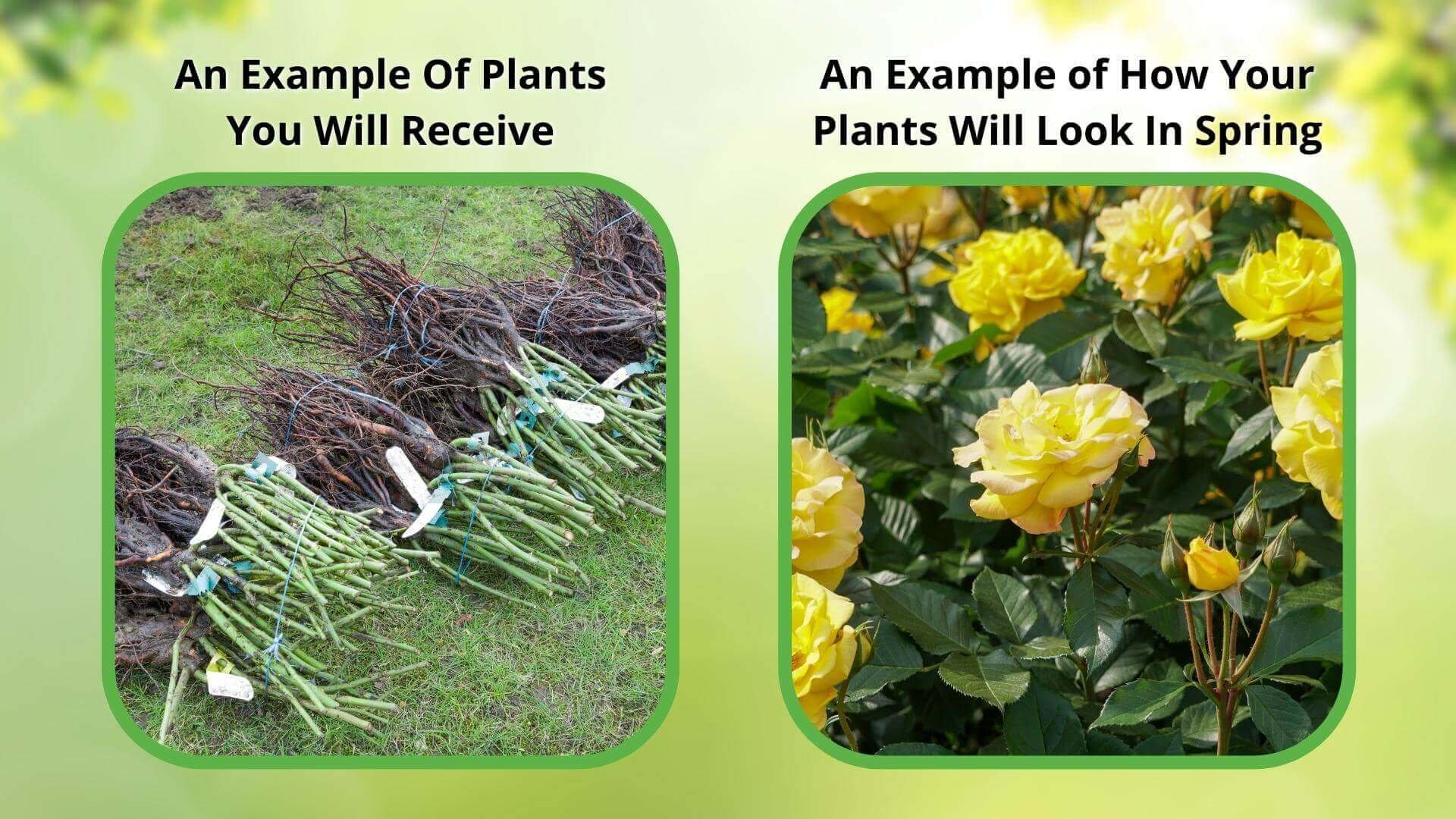
Bloom Season
Spring
Bloom/Foliage Color
White
Height at Maturity
Over 10 Feet
Care
Mapleleaf Viburnum thrives in well-drained soil with regular moisture. Trim after blooming to maintain form and remove any dead or damaged branches. Apply mulch around the base to conserve moisture and suppress weeds. It is generally low-maintenance but benefits from occasional feeding.
Plant Reproduction
Mapleleaf Viburnum spreads via root suckers and seeds.
Plant bare-root shrubs during the more excellent spring or fall months, from November through April. Dig a hole twice as wide as the root system and slightly more profound than its height. Position the shrub so that the top of the roots is level with the ground, and put back the soil dug over the roots. Apply a 2-3 inch layer of mulch around the base to retain moisture and suppress weeds, ensuring the mulch does not touch the shrub's stem. Water regularly, especially during the first year, to establish strong roots. Prune shrubs as needed to promote healthy growth. In the spring, fertilize with a balanced, slow-release fertilizer suited to the specific needs of the shrub.
Shipping date depends on the date displayed and chosen when you order from the product's page.
We only accept returns on plants verified dead. If you think your plants have died, we offer a 1 year warranty, please use this File a Claim Link to verify dead plants and start with return warranty process.






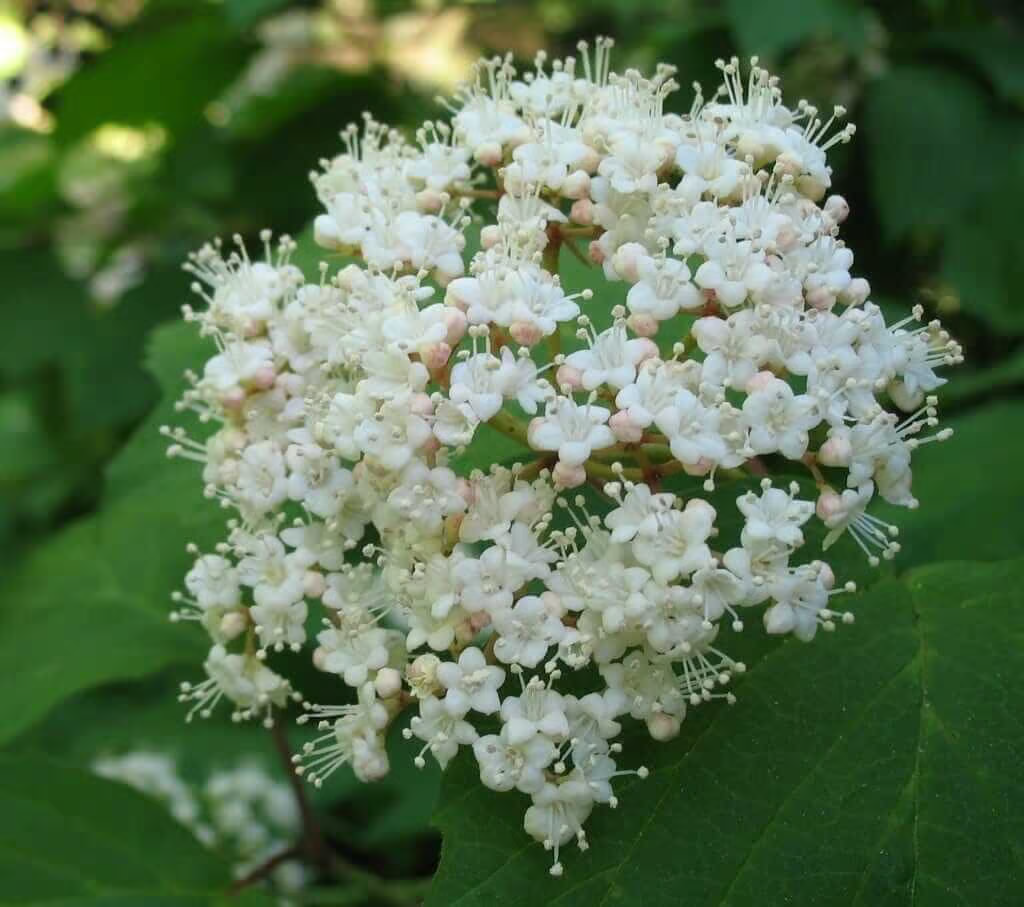
Beautiful Blooms:
Produces clusters of white flowers that bring a charming touch of color and attract pollinators.
Unique Foliage:
Features distinctive, maple-like leaves that add an intriguing texture to any garden.
Seasonal Appeal:
Offers year-round interest with its vibrant leaves in spring and summer, followed by attractive red berries in the fall.
Wildlife Friendly:
The flowers attract pollinators, and the berries provide food for birds, enhancing garden biodiversity.
Caring Tips
How do I care for my Mapleleaf Viburnum?
Each box contains detailed care instructions and information about your product. But here's the basics.
Care Tips
Mapleleaf Viburnum thrives in well-drained soil with regular moisture. Trim after blooming to maintain form and remove any dead or damaged branches. Apply mulch around the base to conserve moisture and suppress weeds. It is generally low-maintenance but benefits from occasional feeding.
Light Requirements
Mapleleaf Viburnum thrives in partial to full shade. It favors a place with morning sun and afternoon shade, which helps maintain its vibrant foliage and overall plant health by ensuring adequate moisture and well-drained soil.
Hardy Planting Zones
3 • 4 • 5 • 6 • 7 • 8 • 9
Header
Use this content to share information about your store and products.
Frequently Asked Questions
How often should I water my plants?
How do I know if my plant is getting too much or too little sunlight?
What should I do to prepare my plants for winter?
What are the signs that my plant needs fertilizing?
How can I prevent pests from damaging my plants?
How do I choose the right plant for my climate zone?



